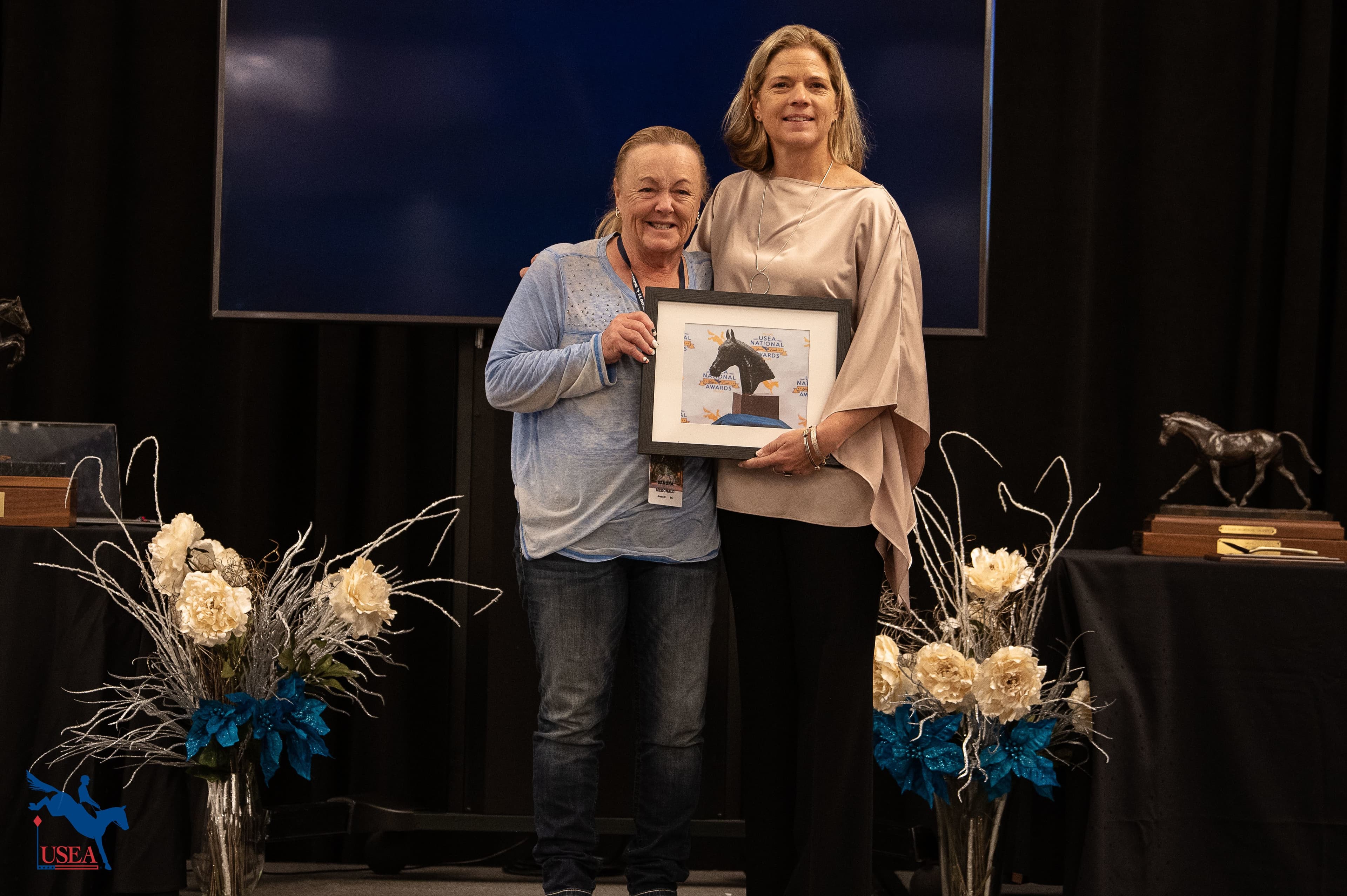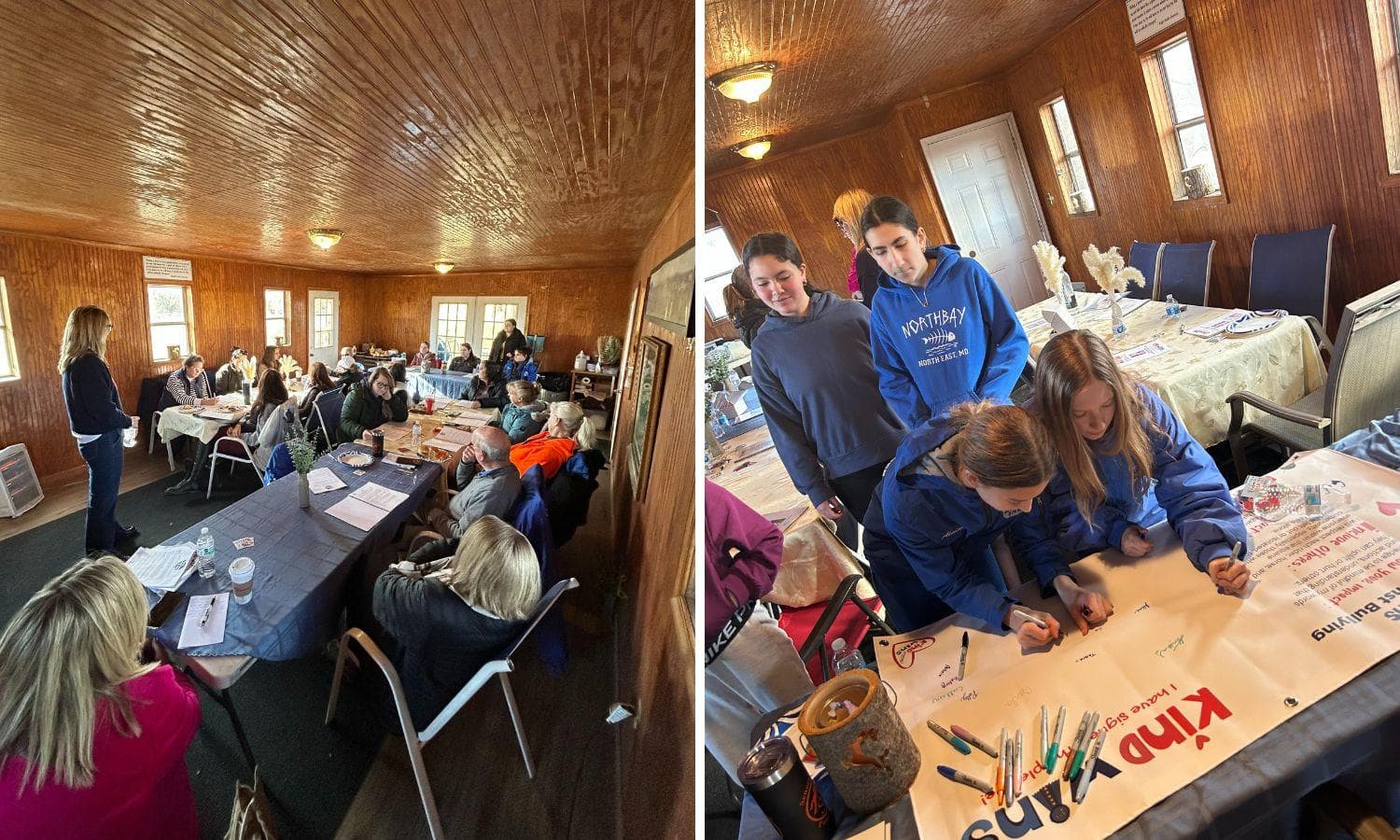Perhaps most significantly, I have heard from nearly 200 of you who have identified yourself as members of the “silent generation” of Eventing professionals, a group who have heretofore usually not spoken up about their concerns regarding the direction of the sport. What is truly extraordinary is that dozens of well-known riders and trainers—some of whom have been competing at the four-star level and vying for U.S. Equestrian Team positions—consider themselves part of that “silent generation.”
Equally extraordinary is what you have to say. These have not been one-line messages. Instead, the vast majority of you have poured out your hopes, dreams, fears and frustrations in great detail, and have often confided in me your personal stories in Eventing to help put your insights and suggestions into better context. I am deeply impressed by the thoughtfulness of your messages and the nearly universal recognition of the complexity of the issues our sport faces. It is clear that you “get it,” and you are hoping that we (those of us in the governance of the sport) get it too.
I have returned dozens of your messages, but no one has yet invented a 30-hour day, so I must confess that my capacity to respond in a timely fashion to everyone who has called or written has suffered a major meltdown. Even many of my close friends in the sport have not yet received a response. I ask all of you to please forgive me for the delay in responding. I am reading every message I get—and sharing your ideas with my colleagues—and will respond personally to each and every one of you who emails or calls. That process will just take some time. The USEA will also take steps to set up regular forums for communication with members and otherwise to keep the dialogue with the members going, and we will additionally be developing ways to utilize the talents of the scores of you who have volunteered to be part of the solution (and to get more involved with the Association generally in various capacities). Again, please bear with us as we process all of this extremely valuable (and very heartening) input.
And finally, please do not read my disclaimer about being swamped by responses as a cry for mercy. If you have something to say (or even if you already contacted me but now have something more to say), don’t hesitate to email or call me. There was no artificial deadline created by the Strategic Planning meeting, and we still want (and need) to hear your voices. Again, my email address is [email protected], and my phone number is (206) 621-1480.
What message did you give us? Well over 90 percent of those who responded said some variation of the following:
We must reverse the prevailing trends in cross-country course design at all levels—that is, let’s tone down the emphasis on technical difficulty, on packing courses with tight turns and complexes taken at show-jumping speed, and on sorting out the field. Instead, let’s swing the pendulum back towards courses that emphasize the rhythm of the gallop and that are focused on being horse and rider-friendly .
Another message that came through loud and clear:
We must slow down optimal speeds where appropriate given the nature of the course, constraints imposed by the size of the venue, terrain, footing, etc.
Then there was this:
The direction of our sport should not be dictated in a top-down fashion by a few entrenched individuals; instead, we need accountability at all levels and need new voices to be heard in the governance of Eventing in this country.
And finally this:
Let’s make Eventing fun again.
Those were by far the four most prevalent messages. Your emails also contained dozens of other creative ideas on topics including safety, how to open up governance of the sport, etc. I did my best to synthesize and communicate your input to the participants in the Strategic Planning session (who included, among others, a majority of the USEA board of governors).
So what did we do in Leesburg? To begin with, we scrapped the long-established agenda and, with the excellent on-the-fly help of our facilitator Bud Crouch, spent virtually all of the session on this one topic. It was an intense and emotionally exhausting day-and-a-half. We discussed, debated and argued with uncompromising frankness the issues faced by the sport. We tried to confront head-on the truths that lie right under the surface of those issues. One of those truths is that Eventing is a risk sport—nothing we do will ever change that fact. Another truth is that anyone who gallops an Event horse out of a start box must exercise a good measure of personal responsibility. Yet another is that anyone who tells you there is a quick and easy way to resolve the multiple challenges facing the sport is either a fool or a liar (or both). The issues are complex, and so will be the solutions. For that reason, we discussed a wide range of safety-related ideas (many suggested by members in their messages) including such diverse examples as instituting mandatory competitor meetings before cross-country, increasing minimum ages for riders to compete at preliminary and intermediate, increasing the availability of ICP-certified instructors, funding a study relating to the cause and prevention of pulmonary hemorrhages in sport horses, and finding ways to identify and penalize dangerous riding on a much more regular basis—there were many more, I couldn’t even begin to list them all. We also agreed—and here acknowledge—that there are legitimate concerns about conflicts of interest that need to be addressed.
But in the end, convinced that the complexity of the issues facing the sport should not be an excuse for inaction, we determined that the most pressing immediate need was to deal with the cross-country course design and optimal time issues. So we unanimously voted to take immediate action to reverse the trends in course design and to slow down speeds where appropriate. We also unanimously voted on a set of six guiding principles that address our overall philosophy in responding to the four main areas of member concerns communicated to us.
We did not formulate specific cross-country course design or speed standards (although we discussed those topics at length, and came up with some ideas). Instead, we decided that it was appropriate to give the USEA Eventing Standards Task Force—the group I appointed in December to address this very issue, and that has been chaired by Darren Chiacchia—a strong directive to develop proposed standards on an expedited basis so that they can be submitted for action by the USEF Eventing Technical Committee at the meeting that will take place on the Wednesday before the Rolex Kentucky Three-Day Event. As I mentioned in my earlier message, Gina Miles has agreed to serve as acting chair of that task force during Darren’s convalescence.
The specific motion that was the end-product of our discussions, first passed on a unanimous vote of the Strategic Planning Group, then immediately ratified and adopted by a unanimous vote of the Board of Governors (a quorum of the Board was present at the meeting), reads as follows:
The USEA Board of Governors, on March 22, 2008. hereby unanimously resolves to:
1) Adopt the six Guiding Principles as a policy statement of USEA:
USEA Guiding Principles
| 1. | We will not wait for the FEI or the rest of the world; we will lead. |
| 2. | The sport shall emphasize the success of horse and rider, not a philosophy of elimination. |
| 3. | Identifying and implementing appropriate standards of course design and speed at each level. |
| 4. | Addressing and respecting our members’ concerns at competitions and in the governance of the sport. |
| 5. | Encouraging and developing opportunities for members to participate in all facets of leadership at all levels. |
| 6. | In all of our endeavors and pursuits, we affirm our commitment to the welfare of the horse. |
(2) Direct and authorize the Eventing Standards Task Force to take immediate action to reverse the trends in course design and slow down speeds where appropriate, consistent with Item 3 in the Guiding Principles.
(3) Direct and authorize the Eventing Standards Task Force to present rule change proposals in accordance with Item 2 above, to be acted on by the USEF Eventing Technical Committee in its April 23, 2008 meeting.
(4) Provide the Eventing Standards Task Force with communications received from USEA members to guide them in making these rule change proposals.
So here’s the plan: The Eventing Standards Tasks Force is scheduled to meet (via telephone) this coming Thursday, March 27, to start the process of hammering out proposed rule changes. As noted in paragraph 4 of the motion passed by the Board, we will provide the task force with the emails and other communications I and my colleagues have received from you (with the exception of those messages that you have asked me to hold confidential) to help guide them in this process. Again, we hope and expect to have rule change proposals regarding cross country design and speed standards drafted, approved by the task force and submitted to the USEF Eventing Technical Committee (chaired by USEA Governor and Strategic Planning participant Malcolm Hook, who is also a member of the Eventing Standards Task Force) in advance of the Rolex meeting in late April. I am a member of the Eventing Technical Committee, as are several other USEA Governors.
We will update you regularly in this space as this process unfolds.
I am very pleased to report that USEF Safety Committee chair Andrew Ellis has contacted the USEA and informed us that he endorses this effort.
I should emphasize once again that we in the USEA leadership are not losing sight of the other issues identified by the membership, including the need for more two-way communication between the leadership and Eventers at all levels of the sport, the need for fostering frank discussion without the perception of intimidation, and the need for introducing “new blood” into the governance of the sport. Nor are we planning on abandoning the many other safety-related ideas put forth by our membership. To the contrary, we plan to address those ideas once this initial expedited push on cross-country course design and speeds has taken place. This will be a continuing process.
And I want to mention one other thing that I believe is crucial to this process: We must not become bogged down in finger-pointing or characterize this issue as “good guys” versus “bad guys.” We are at a crossroads now in the direction of our sport, and all of us, and the sport itself, will be losers if we divert our focus from taking positive steps forward and instead become mired in personal attacks. That is not to say we should avoid standing up and fighting for what we believe in, but to my mind one of the great strengths of our sport has always been the quality of the people involved—all of the people involved—so let’s pull together and move forward as a community.
Again, please don’t stay on the sidelines. We solicit your input, and fully expect to be accessible and accountable to our membership.














